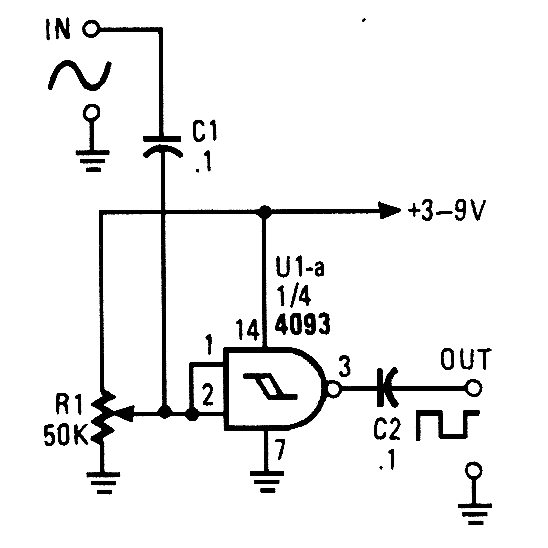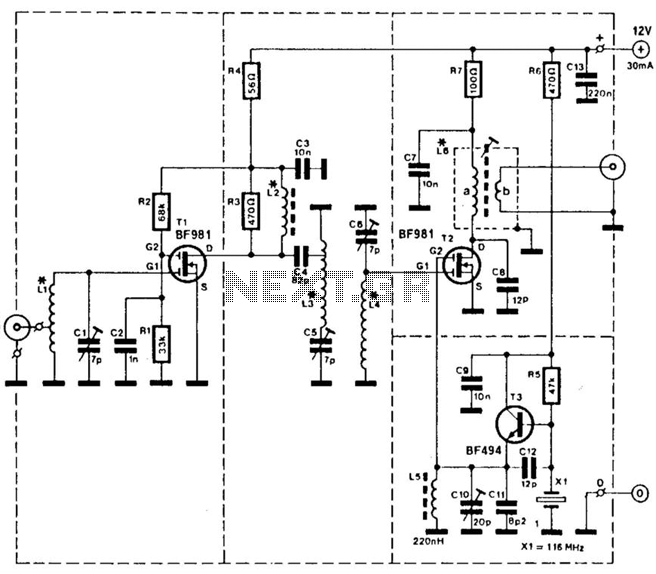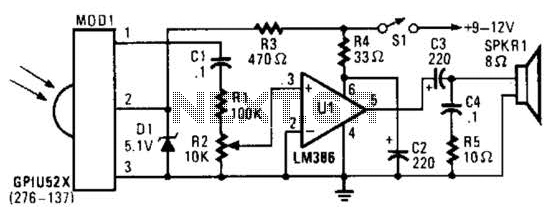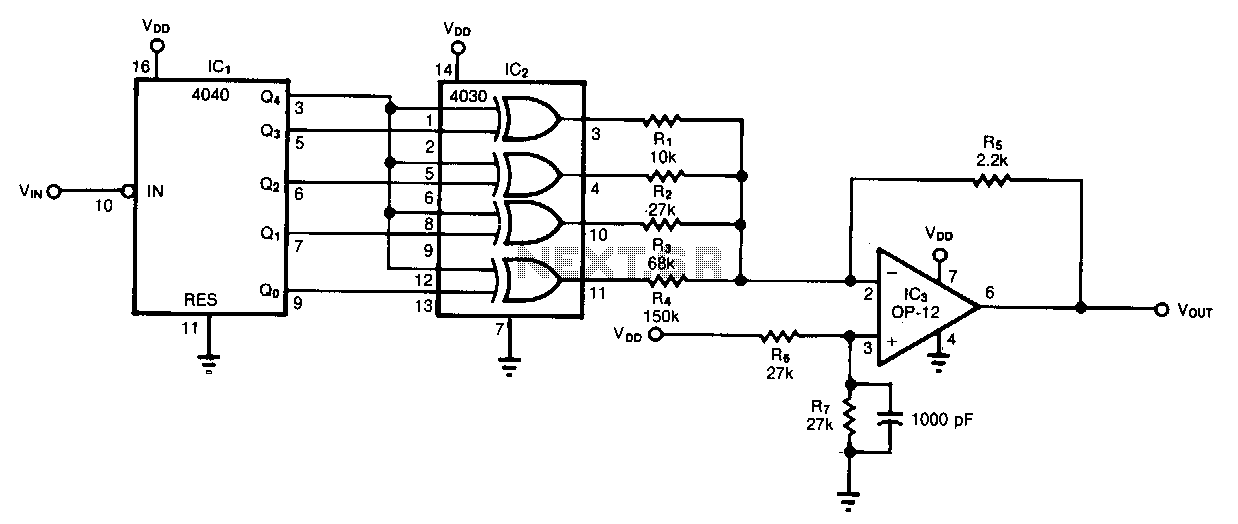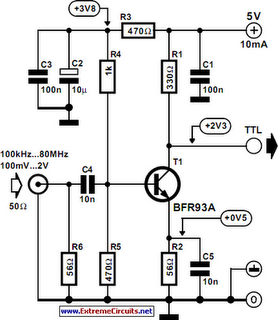
true bridgeless pfc converter achieves over 98 efficiency
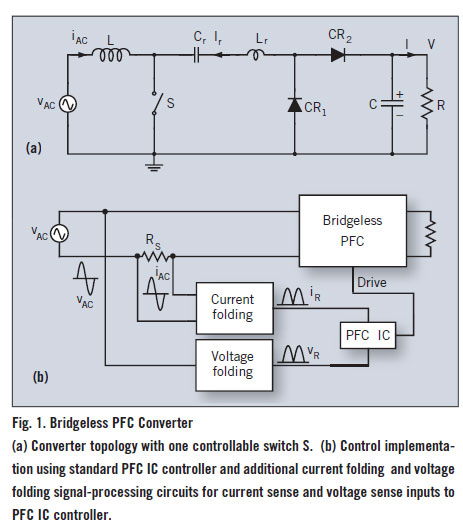
A bridgeless Power Factor Correction (PFC) converter utilizing an innovative switching method eliminates the need for full-bridge rectifiers, thereby reducing the size and cost of switching power supplies.
The bridgeless PFC converter operates by directly converting the AC input voltage to a regulated DC output while improving the power factor. This type of converter typically employs a single-stage topology, which allows for a more compact design as it eliminates the traditional full-bridge rectifier stage. The elimination of this stage not only reduces the overall component count but also minimizes losses associated with diode conduction, leading to improved efficiency.
In this configuration, the converter uses a novel switching method that facilitates the control of the power flow through the circuit. The switching elements, often MOSFETs or IGBTs, are controlled to operate in a manner that optimizes the energy transfer while maintaining low total harmonic distortion (THD) levels. This is crucial for compliance with various international standards regarding electromagnetic interference (EMI) and power quality.
The design typically incorporates feedback mechanisms to ensure stable operation across varying load conditions. This can be achieved through voltage or current feedback loops that adjust the switching frequency or duty cycle accordingly. Additionally, the use of advanced control algorithms can enhance performance in terms of transient response and efficiency.
Thermal management is also a key consideration in the design of the bridgeless PFC converter. The reduced component count and improved efficiency contribute to lower heat generation, but adequate heat sinking or thermal dissipation methods must still be implemented to ensure reliability and longevity of the components used.
Overall, the bridgeless PFC converter represents a significant advancement in power supply design, offering a more efficient, compact, and cost-effective solution for various applications, including consumer electronics, industrial equipment, and renewable energy systems.A Bridgeless PFC converter based on a novel switching method eliminates full-bridge rectifiers and helps to reduce the size and cost of switching power supplies.. 🔗 External reference
The bridgeless PFC converter operates by directly converting the AC input voltage to a regulated DC output while improving the power factor. This type of converter typically employs a single-stage topology, which allows for a more compact design as it eliminates the traditional full-bridge rectifier stage. The elimination of this stage not only reduces the overall component count but also minimizes losses associated with diode conduction, leading to improved efficiency.
In this configuration, the converter uses a novel switching method that facilitates the control of the power flow through the circuit. The switching elements, often MOSFETs or IGBTs, are controlled to operate in a manner that optimizes the energy transfer while maintaining low total harmonic distortion (THD) levels. This is crucial for compliance with various international standards regarding electromagnetic interference (EMI) and power quality.
The design typically incorporates feedback mechanisms to ensure stable operation across varying load conditions. This can be achieved through voltage or current feedback loops that adjust the switching frequency or duty cycle accordingly. Additionally, the use of advanced control algorithms can enhance performance in terms of transient response and efficiency.
Thermal management is also a key consideration in the design of the bridgeless PFC converter. The reduced component count and improved efficiency contribute to lower heat generation, but adequate heat sinking or thermal dissipation methods must still be implemented to ensure reliability and longevity of the components used.
Overall, the bridgeless PFC converter represents a significant advancement in power supply design, offering a more efficient, compact, and cost-effective solution for various applications, including consumer electronics, industrial equipment, and renewable energy systems.A Bridgeless PFC converter based on a novel switching method eliminates full-bridge rectifiers and helps to reduce the size and cost of switching power supplies.. 🔗 External reference
